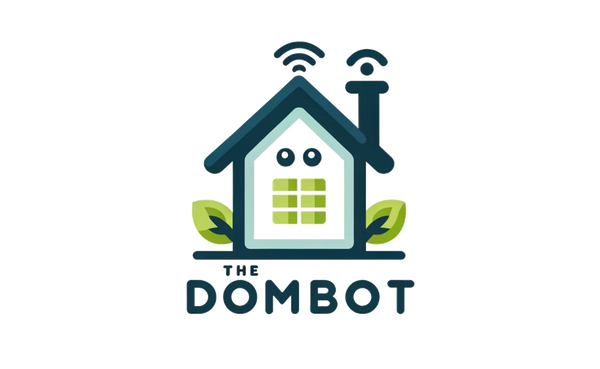Collection: Raspberry Pi & Home Assistant: Build Your Own Smart Home
The Raspberry Pi: Your Home's New Best Friend (and Maybe a Little Bit of a Nerd)
Hey there, smart home enthusiasts! Today we're diving into the world of Raspberry Pi and Home Assistant, a pairing that's about as dynamic as peanut butter and jelly (but way less messy, I promise). If you're thinking about taking the plunge into the world of DIY smart home automation, this little combo is your ticket to a tech-savvy haven.
Frequently Asked Questions About Home Assistant on Raspberry Pi
1. What in the World is a Raspberry Pi?
Think of it as a tiny, affordable computer that's basically a blank canvas for your tech dreams. It's like a mini-PC that you can customize to do all sorts of cool things, from running your home automation to playing retro video games (because who doesn't love a little nostalgia?).
2. Why Should I Use a Raspberry Pi for Home Assistant?
Well, let's just say it's a match made in tech heaven. The Raspberry Pi is super affordable, energy-efficient, and surprisingly powerful. Plus, it's a great way to learn about coding and tinkering with electronics. It's like a gateway drug to the world of smart home automation (but don't worry, it's not addictive... or maybe it is, I'm not judging).
3. What's the Difference Between Raspberry Pi 3 and Raspberry Pi 4?
Think of it like this: the Raspberry Pi 4 is the upgraded, beefier version of the Raspberry Pi 3. It's got more processing power, more RAM, and even a built-in Wi-Fi adapter (because who wants to deal with messy cables, right?). But if you're on a budget, the Raspberry Pi 3 is still a solid choice.
4. Can I Use a Raspberry Pi 1 for Home Assistant?
Technically, yes, but it's not recommended. The Raspberry Pi 1 is a bit outdated and might struggle to keep up with the demands of a modern smart home. Think of it like trying to run a marathon in flip-flops. It's possible, but you'll probably end up with blisters and a lot of regret.
5. What Do I Need to Get Started with Home Assistant on Raspberry Pi?
You'll need a few things:
- Raspberry Pi 3 or 4 (or a Raspberry Pi 1 if you're feeling adventurous)
- MicroSD card (at least 8GB, but 16GB or 32GB is recommended)
- Power supply (5V, 2.5A)
- Ethernet cable (or a Wi-Fi adapter if you're using a Raspberry Pi 4)
- Monitor, keyboard, and mouse (optional, but helpful for initial setup)
6. How Do I Install Home Assistant on My Raspberry Pi?
Don't worry, it's not as complicated as it sounds. There are a few different ways to do it, but the easiest is to download the official Home Assistant Raspberry Pi image. It's like a pre-configured operating system that's specifically designed for Home Assistant. You can find it on the Home Assistant website.
7. What are the Minimum Requirements for Running Home Assistant on Raspberry Pi?
You'll need at least 1GB of RAM and a decent internet connection. But if you're planning on running a lot of smart home devices, it's a good idea to have at least 2GB of RAM.
8. Can I Use Home Assistant on Raspberry Pi 4 with Wi-Fi?
Absolutely! The Raspberry Pi 4 has built-in Wi-Fi, so you can connect it to your home network without needing an Ethernet cable. Just make sure you've got a strong Wi-Fi signal.
9. Where Can I Find a Raspberry Pi Home Assistant Kit?
There are a few different places where you can buy a Raspberry Pi Home Assistant kit. You can check out online retailers like Amazon or Adafruit. Or, if you're feeling adventurous, you can build your own kit from scratch.
10. Is Home Assistant on Raspberry Pi Really Worth It?
In a word, yes! It's a fun, affordable, and surprisingly powerful way to automate your home. Plus, it's a great way to learn about coding and electronics. So, what are you waiting for? Get out there and start building your own smart home empire!
